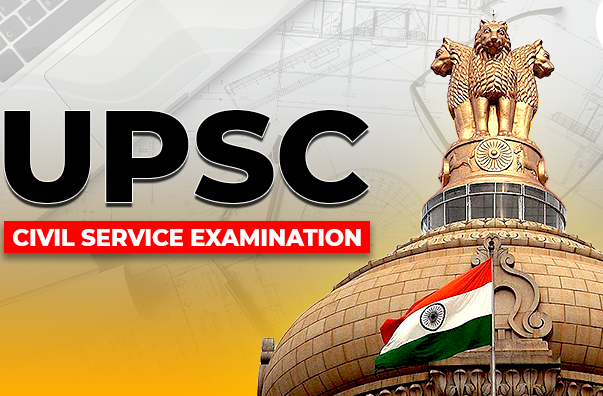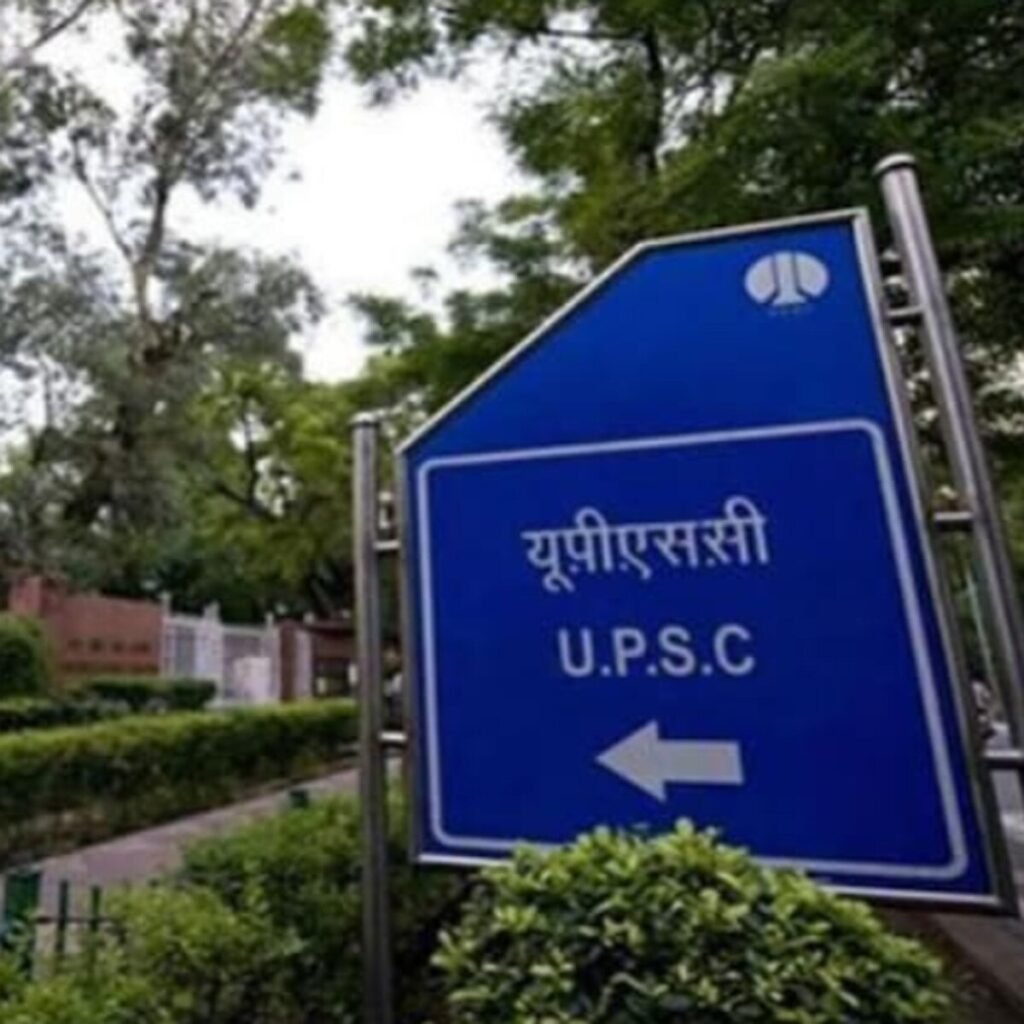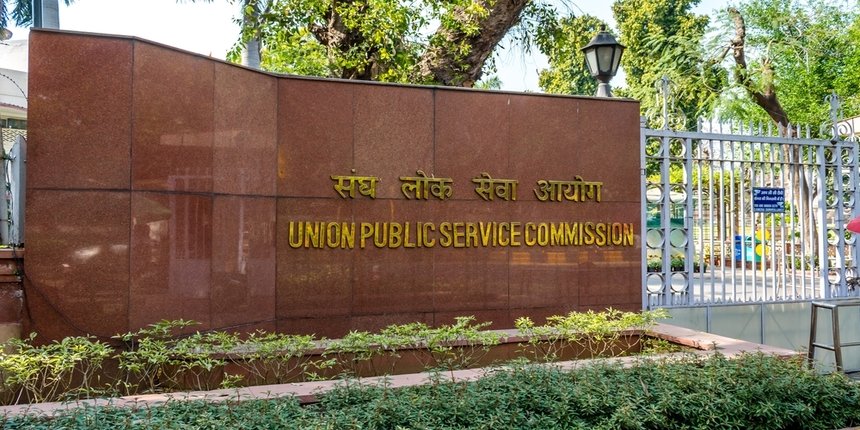“Is UPSC Changing Its Recruitment Pattern? Insights into the Latest Updates”
“Parliamentary Panel Asks: Why Low Turnout of Candidates in Civil Services Recruitment? And Can the Lengthy Process Be Shortened ?” Is UPSC Changing Its Recruitment Pattern?

The Union Public Service Commission (UPSC) conducts the civil services examination annually in three stages to select officers for various services, including the Indian Administrative Service (IAS), Indian Foreign Service (IFS), and Indian Police Service (IPS). However, the average time taken for the civil services examination from the date of issue of notification to the date of declaration of the final result is nearly 15 months. This lengthy recruitment process wastes candidates’ prime years and takes a heavy toll on their physical and mental health, according to a Parliamentary Committee. As a result, the panel has urged the UPSC to reduce the civil services examination’s selection cycle.

The panel also recommended that the UPSC examine the reasons for the low turnout of candidates in the civil services examination. Out of approximately 32.39 lakh candidates who applied for examinations conducted by the UPSC in 2022-23, only 16.82 lakh candidates, or 51.95%, actually appeared for the examinations. The Committee suggested that the UPSC provide the details of examination fees collected from candidates during the last five years and the expenditure incurred by the UPSC on the conduct of the examinations for the same period. The UPSC should also examine the reasons for low turnout of candidates and share the findings with the Committee.
The panel has recommended forming an expert committee to assess if the present scheme of recruitment through civil services examination provides an equal opportunity to both English-medium-educated urban candidates and non-English medium-educated rural candidates. Although the UPSC has changed the pattern of civil services examination from time to time, no study has been commissioned to assess how such changes impacted the aspirants, nature of recruitment, and administration at large.

The Committee believes that an expert group or committee should be appointed to assess the impact of changes made in the scheme, pattern, and syllabus of civil services examination in the last ten years on the quality of recruitment and administration at large. This group may also assess whether the existing pattern of preliminary and mains examination provides a level playing field for all candidates irrespective of their academic background.
READ MORE – Economics Current Affairs for UPSC 2023
The Department of Personnel and Training (DoPT) and UPSC should consider making further changes in the scheme and syllabus of civil services examination in the light of the findings of the impact assessment study, the report said. Additionally, the UPSC may take steps to publish the answer key right after the preliminary stage of the civil services examination and allow candidates to raise objections, the Committee suggested.

In conclusion, the Parliamentary Committee has recommended that the UPSC reduce the duration of the recruitment cycle significantly without compromising the quality, examine the reasons for the low turnout of candidates, and form an expert committee to assess if the present scheme of recruitment provides an equal opportunity to both English-medium-educated urban candidates and non-English medium-educated rural candidates. The Committee believes that the DoPT and UPSC should make further changes in the scheme and syllabus of civil services examination in the light of the findings of the impact assessment study. It also suggests that the UPSC collect feedback from candidates and effect improvements in the examination system from time to time to ensure more transparency, fairness, and candidate friendliness.
SOURCE – TH




